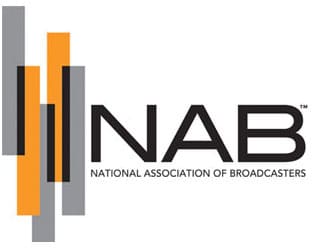I’d like to respond to Richard Harker’s comments (Been There. Done That) regarding Listener Driven Radio. I am a partner in LDR. I agree with some of what Richard Harker writes. He’s a brilliant man whose research firm I have worked with and used over the years. He’s an exceptional broadcaster and someone that I respect. I value his opinion, but believe that he’s somewhat off-target in the case of Listener Driven Radio.
Richard’s assertion that Listener Driven Radio is the latest in connecting radio to the listener is right, but his comparisons between LDR and a radio station “request line” indicate that he misses the point. LDR doesn’t stop at being an Internet “request line.” We’ve not only created a way for listeners to request songs; LDR is a social platform that has a radio station attached to it. Listeners can upload their own music, stream new music, vote for which songs should be played on the air, and vote on which song plays next. Radio stations and listeners can both embed LDR into their own websites and integrate LDR into their Facebook pages and Twitter. A request line is to LDR as a Horse-and-Buggy is to the Space Shuttle.
Listener Driven Radio is the merging of radio and the many social networking platforms that are consumed by today’s media savvy users. Listeners will have immediate input into the programming and music that airs on their favorite radio station. That’s true. But there’s so much more that LDR can provide. This isn’t a stunt. This is an entertainment platform that makes radio more than sound coming from a speaker.
Richard has missed how the times have changed. Consumers no longer consume one medium at a time, and they don’t just “listen when spoken to.” We absorb as many different messages as possible, and we want to influence and shape our entertainment experience. Watch the nightly news on TV and you see a news team read the news. A scroll rolls across the bottom of the screen with totally different stories. Watch the TV news on-line and you can communicate your opinions with other viewers while the newscast is broadcast, post their stories on Facebook, or send a comment in to the anchor. The desire of today’s media user is to use as many senses as possible when consuming media, and to have real influence on their entertainment. Witness TIVO. LDR enables radio to interact with their listeners, give them a real voice, and drive traffic back to the radio station’s audio.
What I disagree with is Richard’s statement that “Radio is still trying to figure out the social networking platform.” Listener Driven Radio has it figured out. LDR is the embodiment of a polygamous marriage between radio, the Internet, Twitter, Smart Phones, iPhone’s, Facebook, and loyalty clubs. How much more social than that can you be. Now, listeners can have actual influence on a radio station’s music in real-time. It’s called crowdsourcing (sm) and it’s MUCH different and more powerful than a request line ever has been.
Broadcaster after broadcaster has complained to me “we need to do something to bring younger listeners back to the radio.” Well, what Daniel Anstandig has created, (President of McVay New Media) is a product that we believe will satisfy that desire. Instead of being closed minded, we want to encourage and invite radio to take advantage of LDR. We want to encourage others to create their own products that will further the social platforms of radio. Stop complaining. Give our medium back to the listeners … And enable them to use this era’s version of communication … the Internet.”
(source: Mike McVay, President, McVay Media Partner – Listener Driven Radio)




